Butte Vista Farm Blog
This blog was developed with support from the Sustainable Agriculture Research and Education (SARE) program, which is funded by the U.S. Department of Agriculture – National Institute of Food and Agriculture (USDA – NIFA). Any opinions, findings, conclusions or recommendations expressed within do not necessarily reflect the view of the SARE program or the U.S. Department of Agriculture. USDA is an equal opportunity provider and employer.
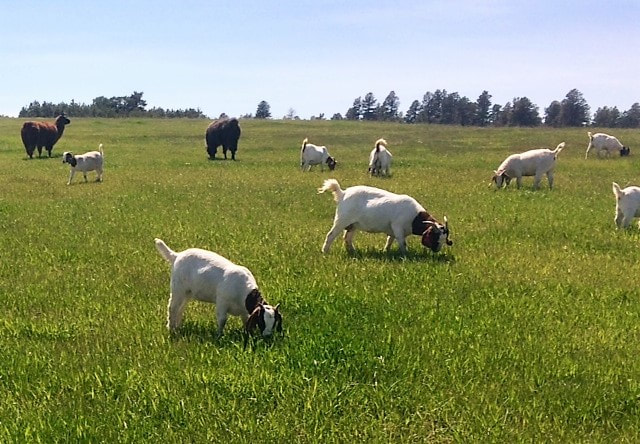
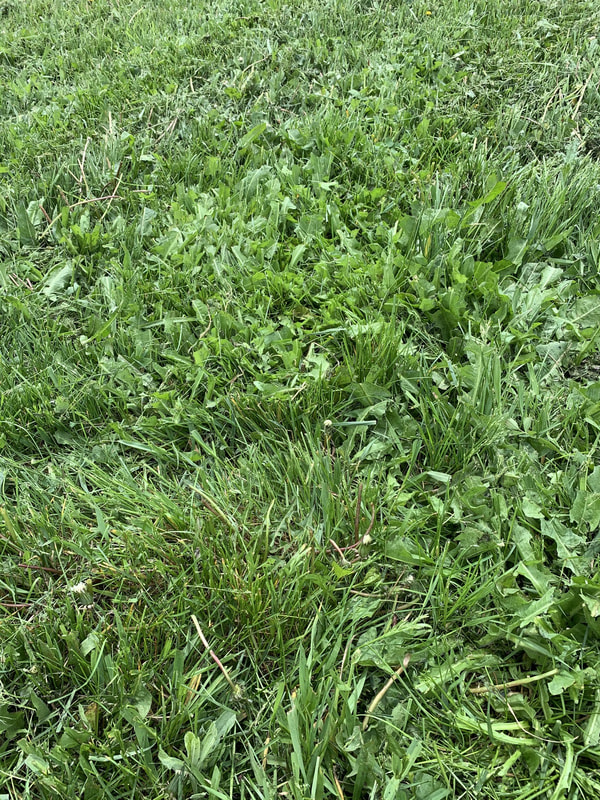
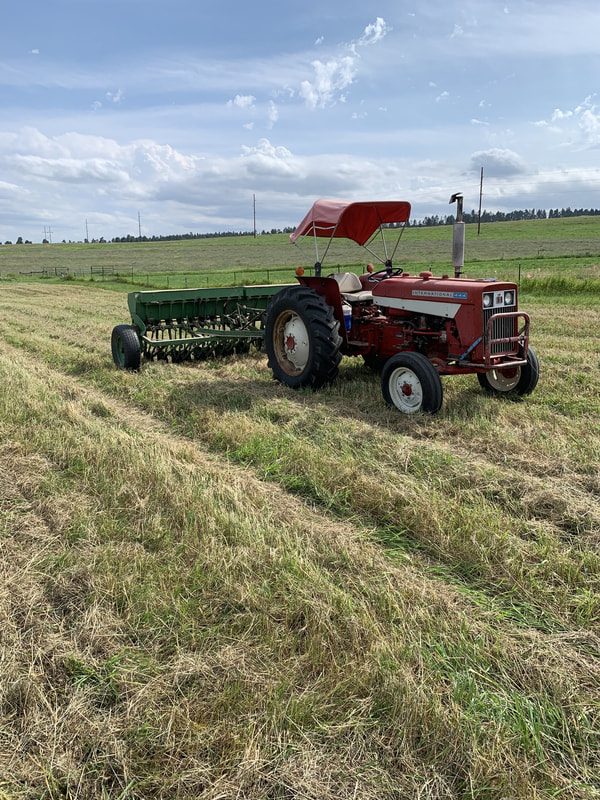
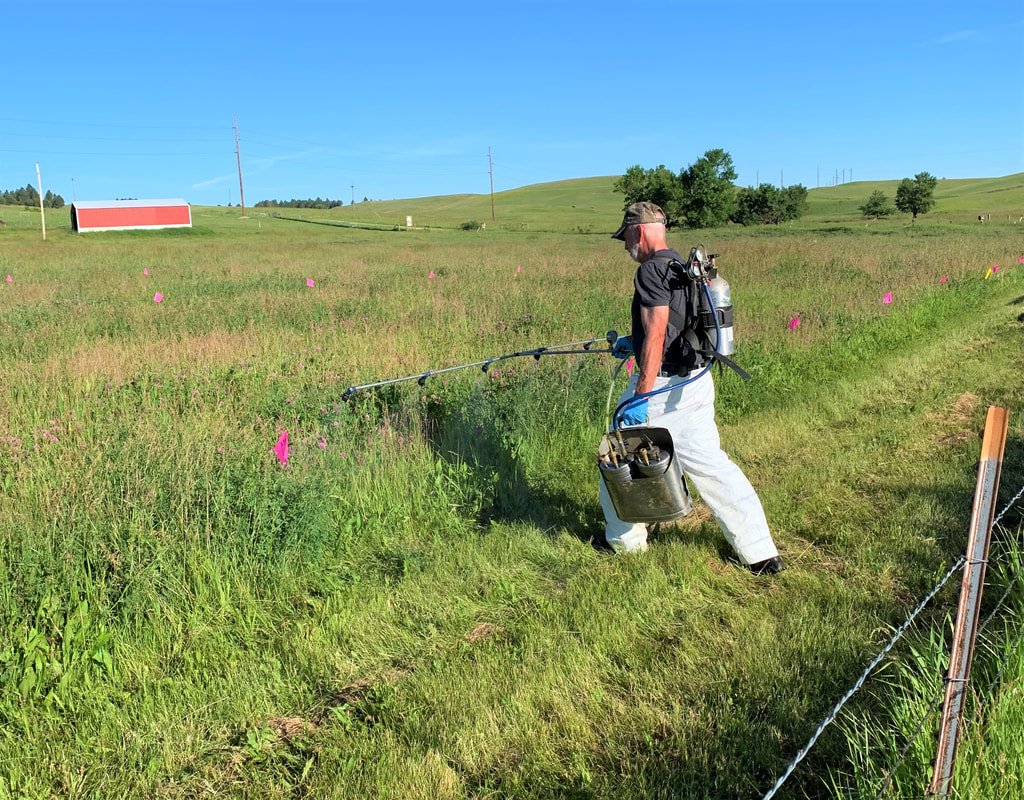
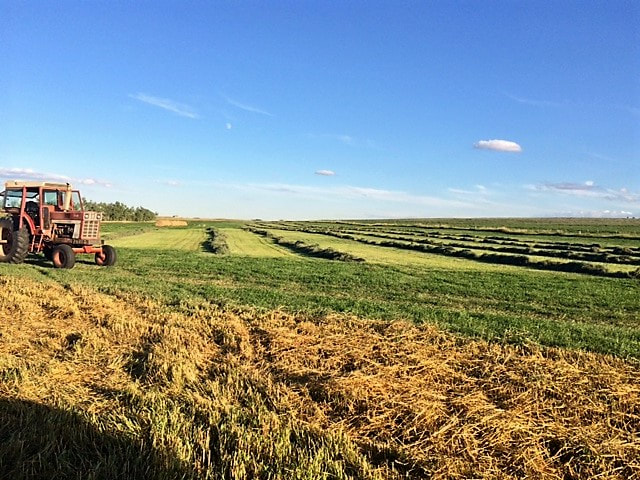
 RSS Feed
RSS Feed